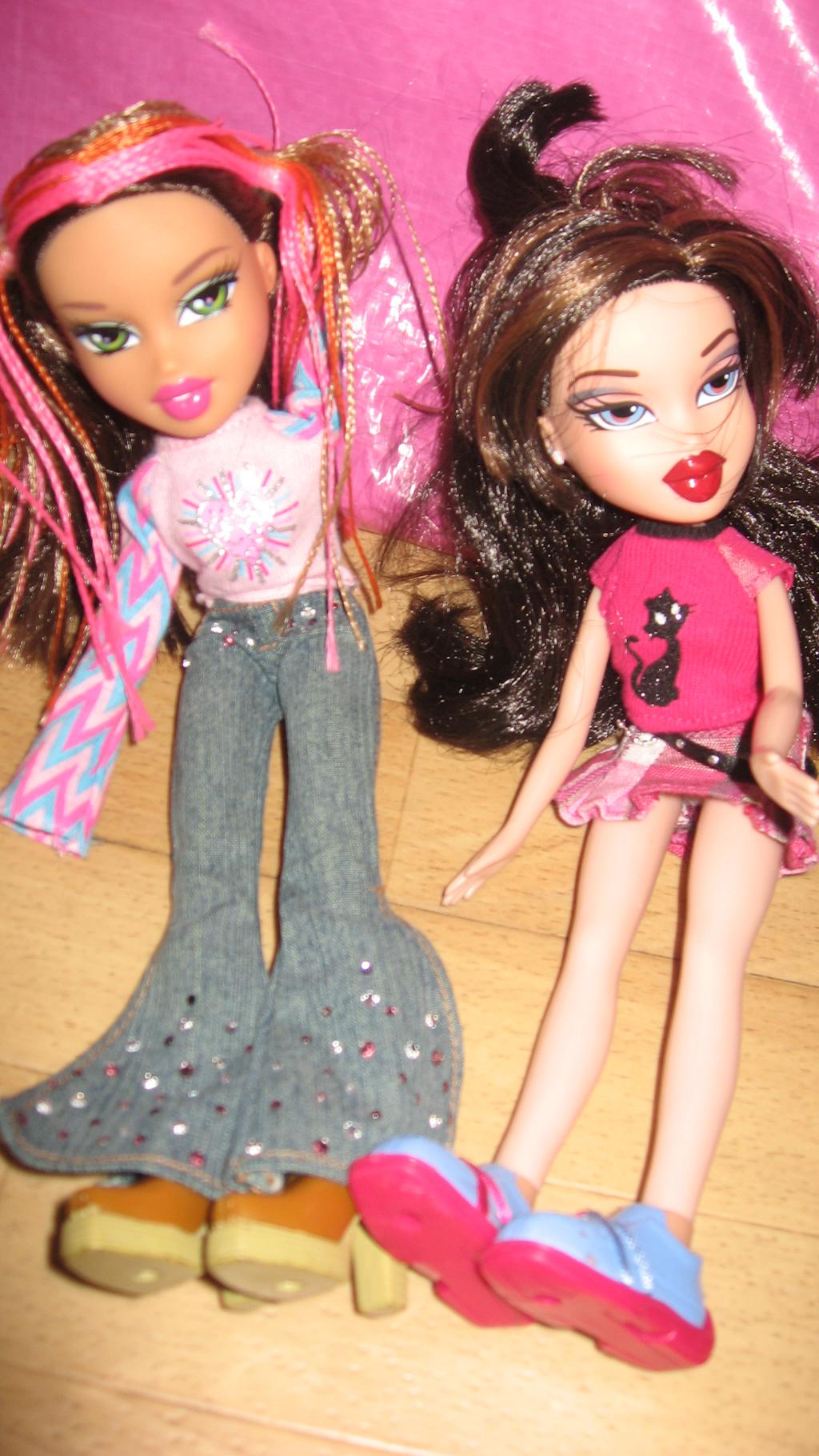
Read about Racism here.
Ebony and Ivory - in Perfect Harmony?
Who teaches children to fear and hate someone of another race?
Children might fear new and strange things and situations. However, they should not be prejudiced when it comes to race. They must somehow be taught these attitudes.
Whom or what do you think teaches a child to hate and fear other people?
- The parents
- Peers
- Society
- The local community
- Politicians
- Role models
- The media
- School

Kenneth Clark (1914 - 2005) and his wife conducted over a period of two decades a psychological study concerning African American children between three and seven years old and how segregation in the southern USA affected their self-perception. The research was carried out in a period when the segregation policy was prevalent in the South.The researchers developed a so-called "Doll Test", with similar dolls but with different skin colors and asked which doll the children identified themselves with and which doll they preferred. The results of their research came as a shock to the scientists as well as the public.
The Doll Test
Find Out
Read this article about the Clarks' Doll Test, Doll Test and Brown vs. Board of Education, and watch this video Doll Test
- What did the Clarks find out regarding the black children's self-perception?
- Why was the result alarming?
- How did the researchers explain the results?
- Why was this study important?
Answers
The fact that white children developed racist attitudes was self-evident, but the researchers found the self-hatred experienced by the black children highly alarming. The research concluded that the segregation policy taught children race perception. Parents, friends and media had a direct impact on small children's self-perception and esteem.
One might object that the Doll Test was outdated and that the results from the 1940s and 50s did not apply for attitudes today. In 2005, the African American director Kiri Davis repeated the experiment in Harlem in New York. She asked 21 African American children which doll they preferred. 71% answered that the white doll was the prettiest. The experiment is a part of her documentary "A Girl Like Me".
Documentary about the Doll Test and Race Perception
Watch Kiri Davis' documentary. Choose "A Girl Like Me" from the playlist in the left hand corner (duration: 7 min.)
After watching the documentary you should discuss:
- What are the beauty "standards" for African American teenage girls? Give examples.
- How do they think they comply with these "standards"?
- Why do the girls consider these "standards" as more attractive? Which reasons do they give?
- How would you describe these girls' self-perception?
- What is their point about lacking a culture? Explain.
The Doll Test on "Good Morning America"
In 2009, Obama had entered office as the USA's first colored president. It was time to reintroduce the Doll Test. "Good Morning America" (a popular program on the TV channel, ABC) posed the question:

"With a black first family and fewer people citing racism as a "big problem," just how much have the country's race relations changed?"
- What results do you think the producers of the program expected?
- What do you think they found out?
Read about the findings The Doll Test on ABC News and answer the questions:
- How many children took part in the experiment?
- How did the answers between boys and girls differ?
- How many girls found the white doll most attractive?
- How did this experiment differ from the original one?
- Has anything improved when it comes to racial perception?
Read more
The definition of Racism

African Americans, from Slavery to the Present Day – Text in Brief
African-American Civil Rights timeline

Find out more about the Doll Test and how it affected the termination of segregation in the south Doll Test and Brown vs. Board of Education